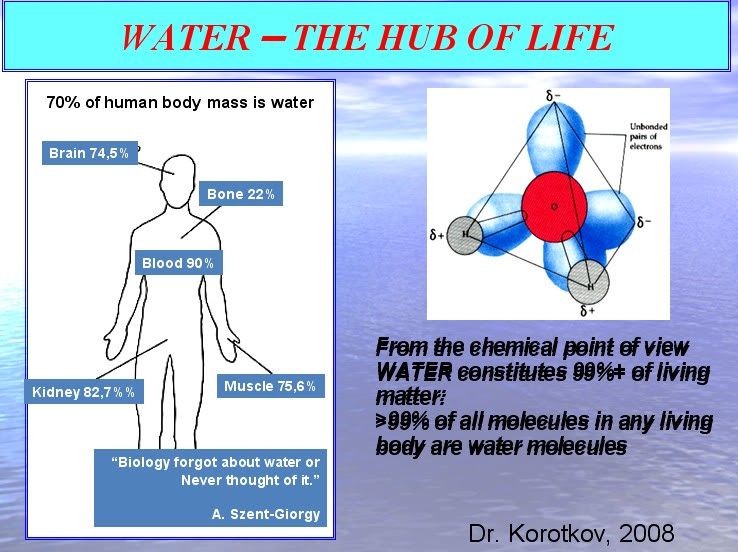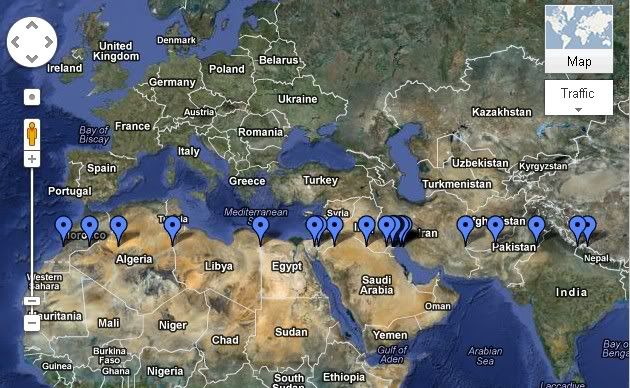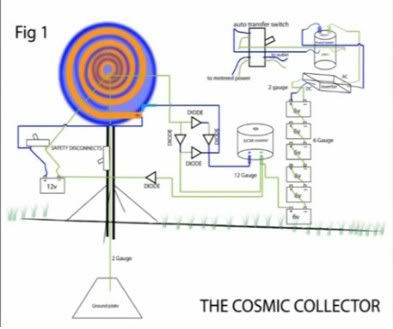From: Update to "Decoding the Message of the Pulsars" a book by Paul LaViolette on extraterrestrial communication, SETI, and pulsars

Pulsar Network Transmission of the
Fibonacci Series and Golden Mean Ratio
Paul A. LaViolette, © April, 17 2007
(reproduction of the following page is restricted, personal download is permitted)
In the book Decoding the Message of the Pulsars, from more than 1775 known pulsars a half dozen pulsars were singled out as possibly conveying an intelligent message. Three of these are the Crab pulsar, the Vela pulsar, and the Vulpecula pulsar, whose periods and period derivatives are listed in the table below.
Period and Period Derivatives for Three Unique Pulsars Measured in May 1992
(From Table 3 of Decoding the Message of the Pulsars)
Pulsar Period (seconds) Rate of Change of Period (s/s)
Crab Pulsar 0.033648365 4.20 x 10-13
Vela Pulsar 0.089298530 1.258 ± 0.008 x 10-13
Vulpecula Pulsar 0.144457105 5.75318 x 10-14
A Brief Review About the Significance of this Tri-Pulsar Subset
All three of these pulsars are among the very few that are found to be associated with supernova remnants. The Vulpecula pulsar is distinguished as being the one pulsar that happens to be positioned closest to the Galaxy's northern one-radian point meridian and which makes a key trajectory sighting with the Millisecond Pulsar (see the book DMP for the full significance). The Vela and Crab pulsars are very distinctive. Not only are they respectively the brightest and most luminous of all pulsars, as well as among the few known to emit optical pulses and giant pulses, but they also mark the two young supernova remnants that reside closest to our solar system. The supernova explosion dates of the remnants they mark coincide with the time when the 14,150 year BP superwave cosmic ray volley was impacting their progenitor stars. The Vela pulsar marks a location near our solar system while the Crab pulsar marks a location 6,585 light years away toward the Galactic anticenter and the superwave cosmic ray volley that impacted us about 14,150 years ago is currently seen impacting the Crab remnant. As described in Decoding the Message of the Pulsars, the Vela pulsar's period is gradually increasing and if we project this period change back in time, we find that 14,100 ± 100 years ago Vela's period would have equaled the Crab pulsar's current period. It was suggested that this gradually changing period was intentionally engineered as a chronometric indicator of the date when the last major Galactic superwave passed through our solar system.
Fibonacci Series and Golden Mean Ratio
Paul A. LaViolette, © April, 17 2007
(reproduction of the following page is restricted, personal download is permitted)
In the book Decoding the Message of the Pulsars, from more than 1775 known pulsars a half dozen pulsars were singled out as possibly conveying an intelligent message. Three of these are the Crab pulsar, the Vela pulsar, and the Vulpecula pulsar, whose periods and period derivatives are listed in the table below.
Period and Period Derivatives for Three Unique Pulsars Measured in May 1992
(From Table 3 of Decoding the Message of the Pulsars)
Pulsar Period (seconds) Rate of Change of Period (s/s)
Crab Pulsar 0.033648365 4.20 x 10-13
Vela Pulsar 0.089298530 1.258 ± 0.008 x 10-13
Vulpecula Pulsar 0.144457105 5.75318 x 10-14
A Brief Review About the Significance of this Tri-Pulsar Subset
All three of these pulsars are among the very few that are found to be associated with supernova remnants. The Vulpecula pulsar is distinguished as being the one pulsar that happens to be positioned closest to the Galaxy's northern one-radian point meridian and which makes a key trajectory sighting with the Millisecond Pulsar (see the book DMP for the full significance). The Vela and Crab pulsars are very distinctive. Not only are they respectively the brightest and most luminous of all pulsars, as well as among the few known to emit optical pulses and giant pulses, but they also mark the two young supernova remnants that reside closest to our solar system. The supernova explosion dates of the remnants they mark coincide with the time when the 14,150 year BP superwave cosmic ray volley was impacting their progenitor stars. The Vela pulsar marks a location near our solar system while the Crab pulsar marks a location 6,585 light years away toward the Galactic anticenter and the superwave cosmic ray volley that impacted us about 14,150 years ago is currently seen impacting the Crab remnant. As described in Decoding the Message of the Pulsars, the Vela pulsar's period is gradually increasing and if we project this period change back in time, we find that 14,100 ± 100 years ago Vela's period would have equaled the Crab pulsar's current period. It was suggested that this gradually changing period was intentionally engineered as a chronometric indicator of the date when the last major Galactic superwave passed through our solar system.

"There manifests itself in the fully developed being, Man, a desire mysterious, inscrutable and irresistible: to imitate nature, to create, to work himself the wonders he perceives. Long ago he recognized that all perceptible matter comes from a primary substance, or tenuity beyond conception, filling all space, the Akasa or luminiferous ether, which is acted upon by the life giving Prana or creative force, calling into existence, in never ending cycles all things and phenomena. The primary substance, thrown into infintesimal whirls of prodigious velocity, becomes gross matter; the force subsiding, the motion ceases and matter disappears, reverting to the primary substance." - Man's Greatest Achievement, 1907
"So astounding are the facts in this connection, that it would seem as though the Creator, himself had electrically designed this planet." - Tesla describing what is now known as Schumann Resonance (7.8Hz) in The Transmission of Electrical Energy Without Wires As A Means Of Furthering World Peace 1905.
"Of all the frictional resistances, the one that most retards human movement is ignorance, what Buddha called 'the greatest evil in the world.' The friction which results from ignorance can be reduced only by the spread of knowledge and the unification of the heterogeneous elements of humanity. No effort could be better spent."
"Science is but a perversion of itself unless it has as its ultimate goal the betterment of humanity.
-- Nikola Tesla
"So astounding are the facts in this connection, that it would seem as though the Creator, himself had electrically designed this planet." - Tesla describing what is now known as Schumann Resonance (7.8Hz) in The Transmission of Electrical Energy Without Wires As A Means Of Furthering World Peace 1905.
"Of all the frictional resistances, the one that most retards human movement is ignorance, what Buddha called 'the greatest evil in the world.' The friction which results from ignorance can be reduced only by the spread of knowledge and the unification of the heterogeneous elements of humanity. No effort could be better spent."
"Science is but a perversion of itself unless it has as its ultimate goal the betterment of humanity.
-- Nikola Tesla







 )
)



 ...you'll start to see it all around you
...you'll start to see it all around you  ....next time look at a tree made of Leaves forming a Vortex right before your eyes
....next time look at a tree made of Leaves forming a Vortex right before your eyes 



















Comment